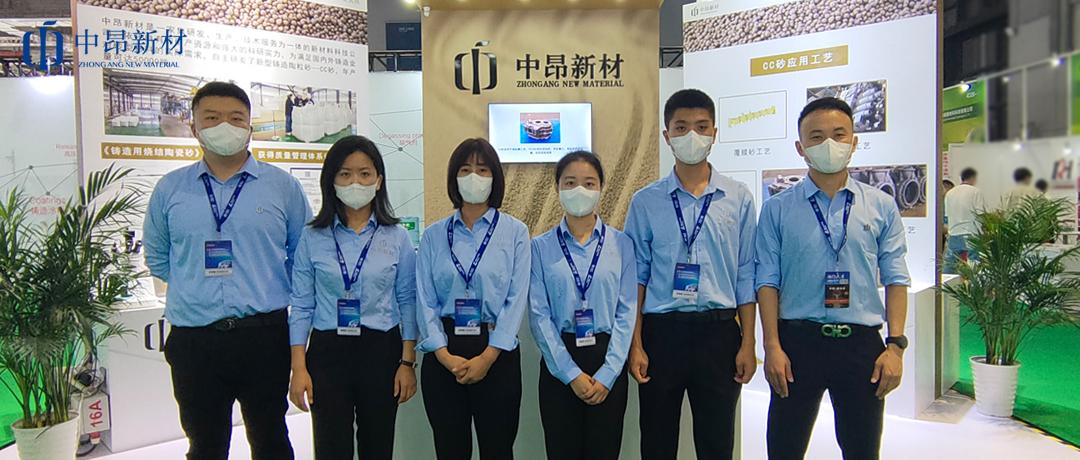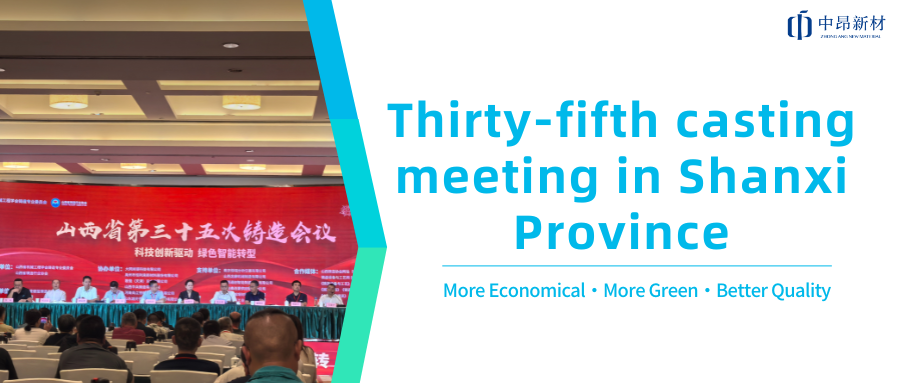Due to the shortcomings of air-hardened water-glass process such as low strength and poor collapsibility of sand (core), high water-glass addition, high water content, easy moisture absorption and difficulty in regeneration of old sand, which limit the improvement of casting quality, ester-hardened water-glass process has been developed and applied.
Ester-hardened water glass is a product developed to improve the regeneration of old sand and sand collapse of air-hardened water glass process. Its characteristic is that the brittle film (air-hardened) is changed to tough film (ester) after casting is completed, and the moisture absorption of water glass makes its regeneration complete depending on the old sand storage time, operating environment and regeneration conditions, and the secondary strength is easily affected, which makes the addition of new sand must be increased.
Application of China Casting Sand water glass process
Preliminary preparation.
1. China Casting Sand is tried on the sand core on one side of the metallurgical bearing seat, and a reference comparison is made after the sand drop.
2. The bearing seat blank weighs 3500kg, and the trial site is at the thick hot joint, with a hot joint thickness of 150-200mm, which belongs to the site of easy sand sticking.
Application results.
1. China Casting Sand core situation: good surface quality after China Casting Sand core molding (see Figure 1).

Figure 1
2. Castings after sand drop: China Casting Sand core parts castings after sand drop, no sticky sand situation, the overall quality of the casting is high (see Figure 2).

Figure 2
Advantages of China Casting Sand water glass process
1, China Casting Sand angular coefficient ≤ 1.15, high roundness and good sand permeability.
2、China Casting Sand refractoriness reaches more than 1800℃, high refractoriness, low casting sintering (sticky sand) and porosity, improving casting quality.
3, put CC sintered ceramic sand will reduce the destruction of sand at high temperature during casting, improve the proportion of sand recycling use, relatively reduce the amount of new sand additions and solid waste emissions.
4, the use of binder material statistics according to the annual casting production overall calculation can be reduced by about 10 ~ 15% of the purchase volume (according to the site operating conditions and management).
5, post-processing procedures are shortened - (mechanical sand sticking phenomenon is improved), the casting surface sand sticking phenomenon is improved (the casting surface is brighter) and the blasting time is shortened, etc..
6, regeneration more complete - the reason for the addition of less binder material.
7, sand flow is good, molding operator labor is reduced, personnel work efficiency is increased.
8, sand refractoriness, refractory coating can be partially reduced in thickness (thin-walled castings and smaller pieces).
In summary, CC sintered vitrified sand has obvious advantages in overall casting sand cost and labor cost.
Suggested regeneration method
Thermal method (low temperature) + mechanical grinding (polishing and grinding)
This method depolymerizes (volatilizes) the ester organics and then grinds away the cured water glass (brittle film) remaining on the sand surface to achieve the secondary molding of the sand.
In terms of sand material comparison, silica sand has a molar hardness of about 6 to 7, which is comparable to the hardness of water glass film, and is more easily worn away with the sand material by the same frictional pressure during mechanical grinding, while CC sintered ceramic sand has a molar hardness of 8 to 9 and a smaller relative wear rate.













